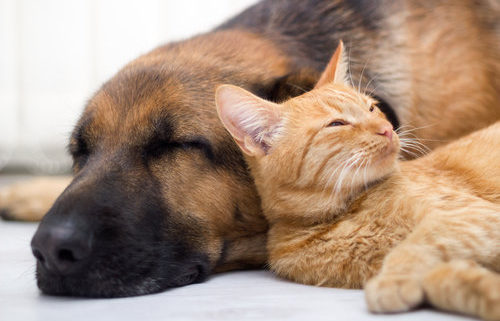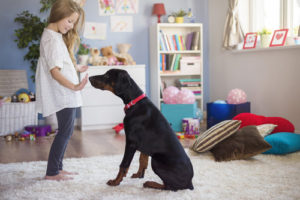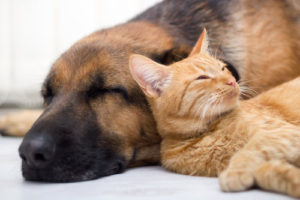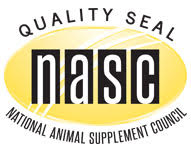You may not realize it, but your house is full of dangers that can put dogs and cats at risk for injury, poisoning or even death. Knowing where these dangers lie and what you can do to protect your pet can help you avoid tragedy and keep your pet safe.
Kitchen
There are many foods in the kitchen that humans can eat with no trouble but that pets cannot consume without experiencing harm. Chocolate, cherries, grapes, garlic, avocado, mushrooms, and all members of the onion family (onions, leeks, chives) are all dangerous for your cat or dog. Pet owners must be careful to ensure their pets are not fed from the table, cannot sneak food from the counter and are unable to access food by breaking into the garbage.
In addition, other threats often found in the kitchen include:
- Mouse poison. Many people set out poison to kill mice found in the kitchen. Unfortunately, rodenticides are also dangerous for pets. Glue traps and clap traps are less lethal and should be used instead.
- Aluminum Cans. Smaller pets like to stick their head inside discarded food cans to lick out the contents. This can result in your pet’s tongue getting cut by a rough edge, or even getting his or her head stuck inside the can. To prevent problems, crush the open end of the can before throwing it away.
Lawn
There are many types of plants and flowers that can be poisonous if eaten by pets. Poinsettias, holly, lilies and many other beautiful ornamental plants can poison a cat or dog. If you’re not sure what types of flowers are poisonous and which ones are not, your pet’s veterinarian can help you figure out which plants growing on your lawn are toxic to your pet.
Garage
The garage is a place where many people keep a variety of toxic substances, including antifreeze. Pets enjoy the taste of antifreeze because of its sweet flavor, but it is extremely dangerous to dogs and cats. Pet owners are encouraged to keep pet-safe antifreeze on hand, and to keep all chemical substances out of reach inside a cabinet to help keep pets (and children) safe.
Child’s Bedroom Room
Children’s toys tend to be shiny and brightly colored, which makes them appealing to playful pets. Toys or toy parts that are small enough to be swallowed can cause your pet to become injured. Putting up baby gates in front of rooms with attractive toys can keep some pets out, while a rule of keeping the door shut may be necessary for other pets.
Laundry/Utility Room
In many houses, the laundry/utility room is the place where cleaning products are kept. This is dangerous for pets who like to explore. The best way to keep your pet safe is to keep him or her out of the laundry room by installing a baby gate, or simply keeping the door closed at all times.
Shop for Products with the NASC Quality Seal
The goal of the National Animal Supplement Council (NASC) is to promote the health and well-being of companion animals and horses that are given animal health supplements by their owners, and to protect and enhance the integrity of the animal health product industry. When you see the NASC Quality Seal on animal health supplements, you can trust you are buying from a reputable company that has successfully completed an independent quality audit and has complied with rigorous requirements necessary to gain permission to display the Quality Seal. To learn more, and to access meaningful information on all aspects of health and wellness for dogs, cats and horses, visit AnimalHealthLive.com.




